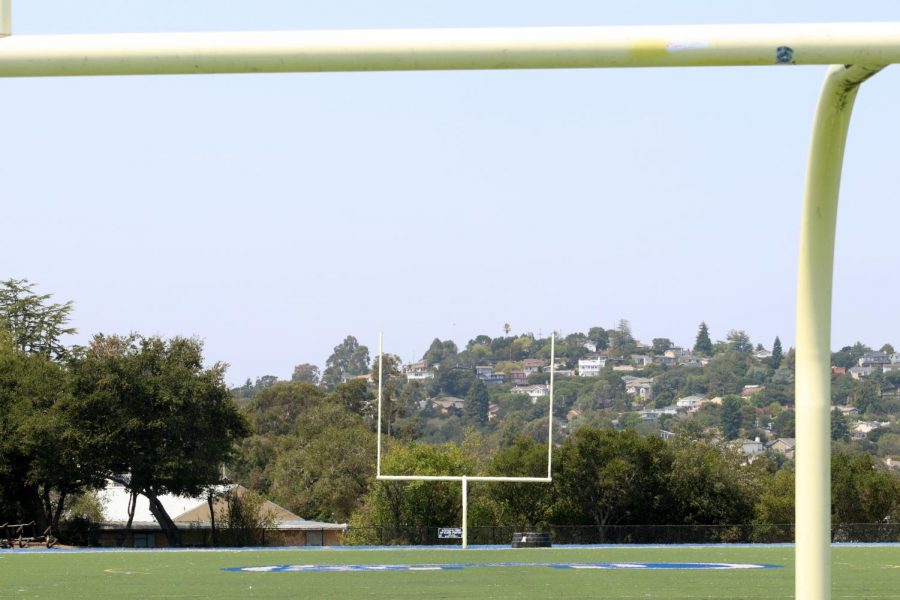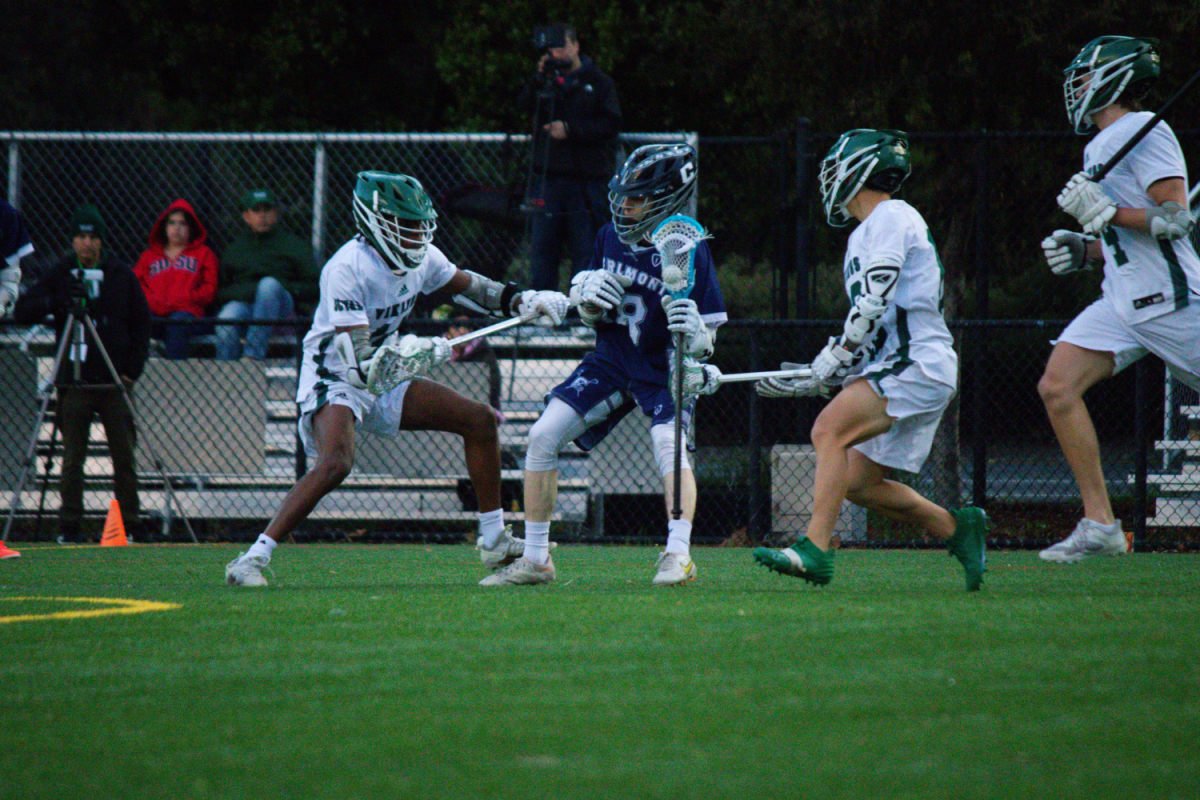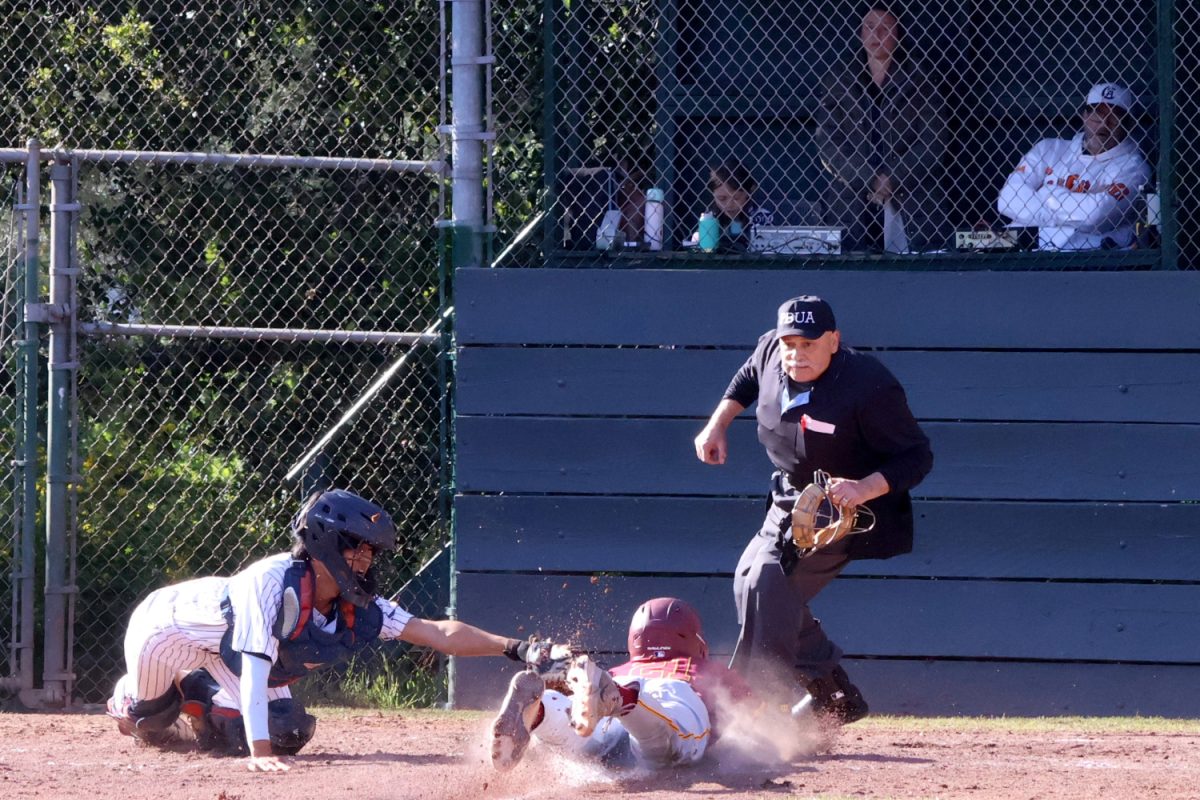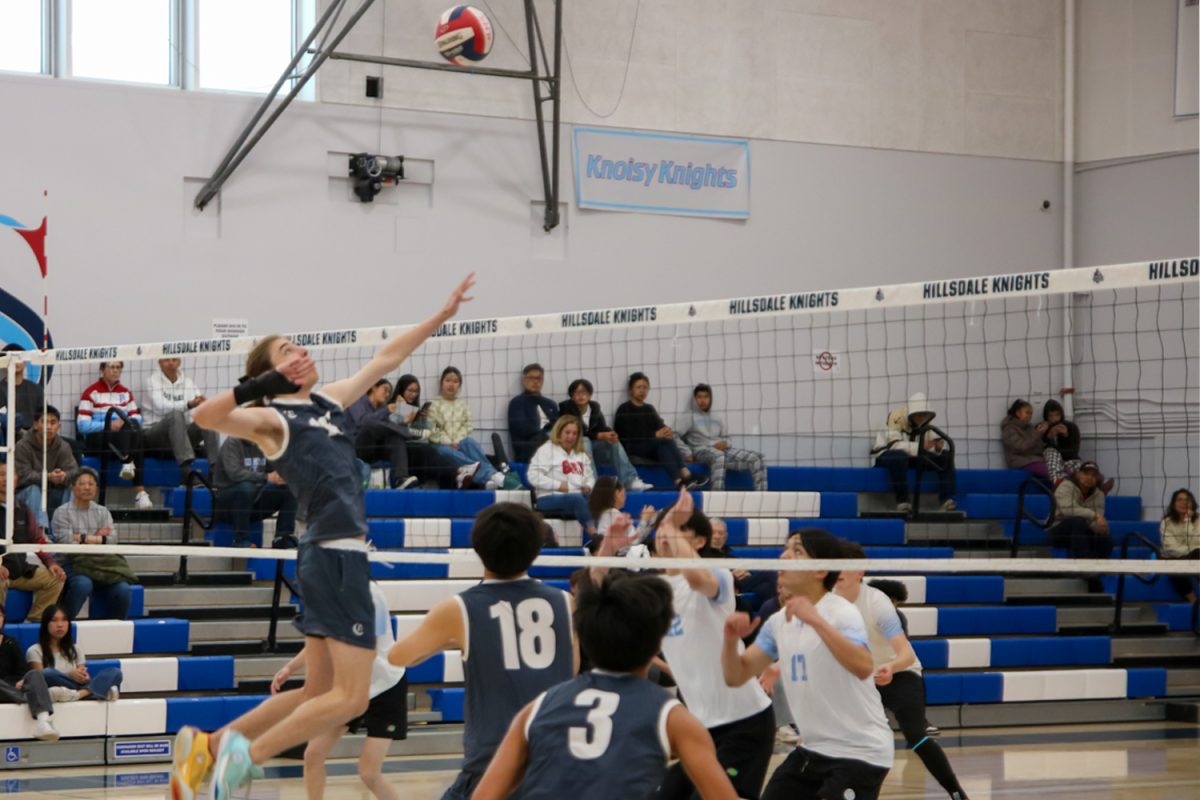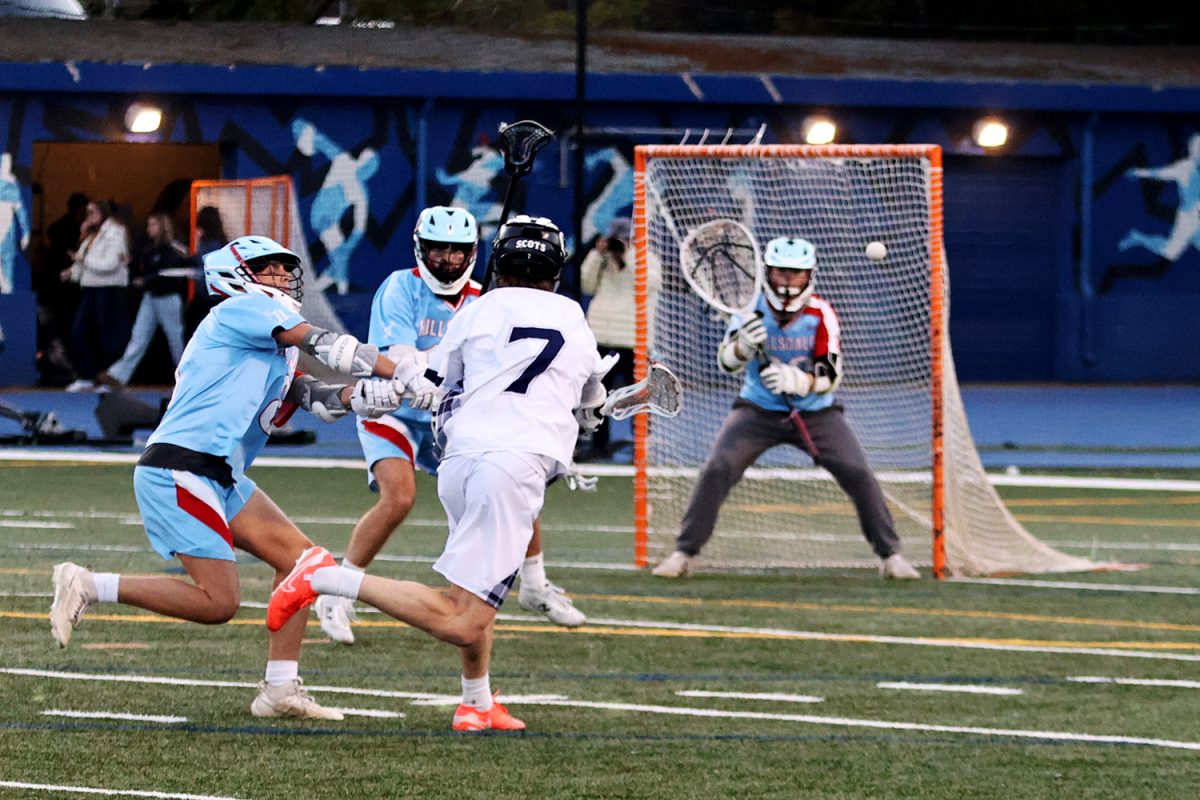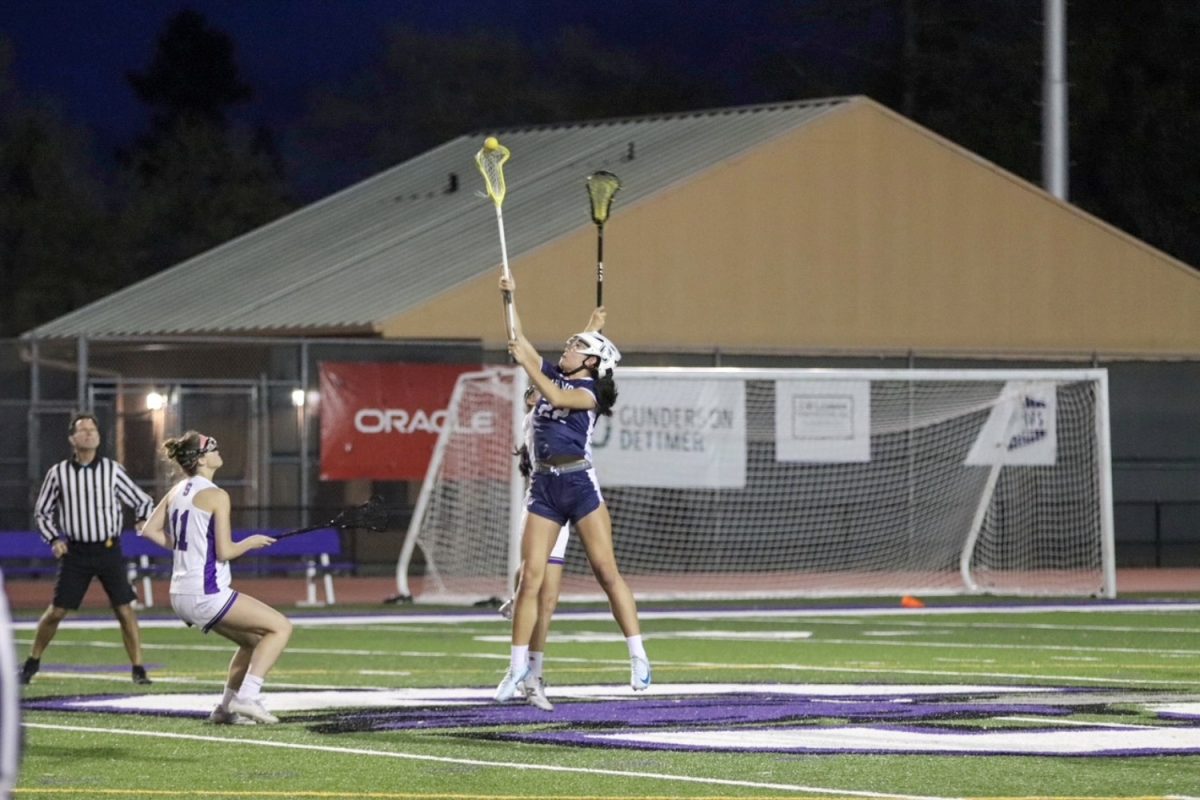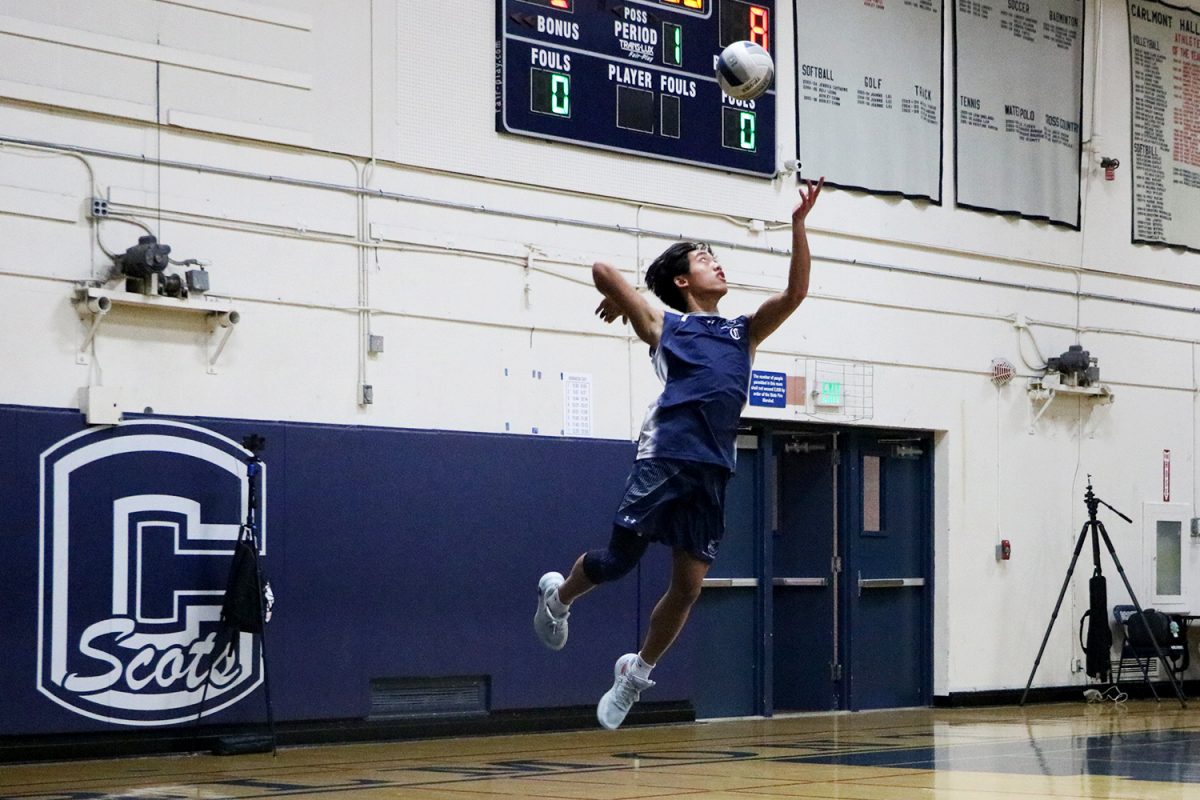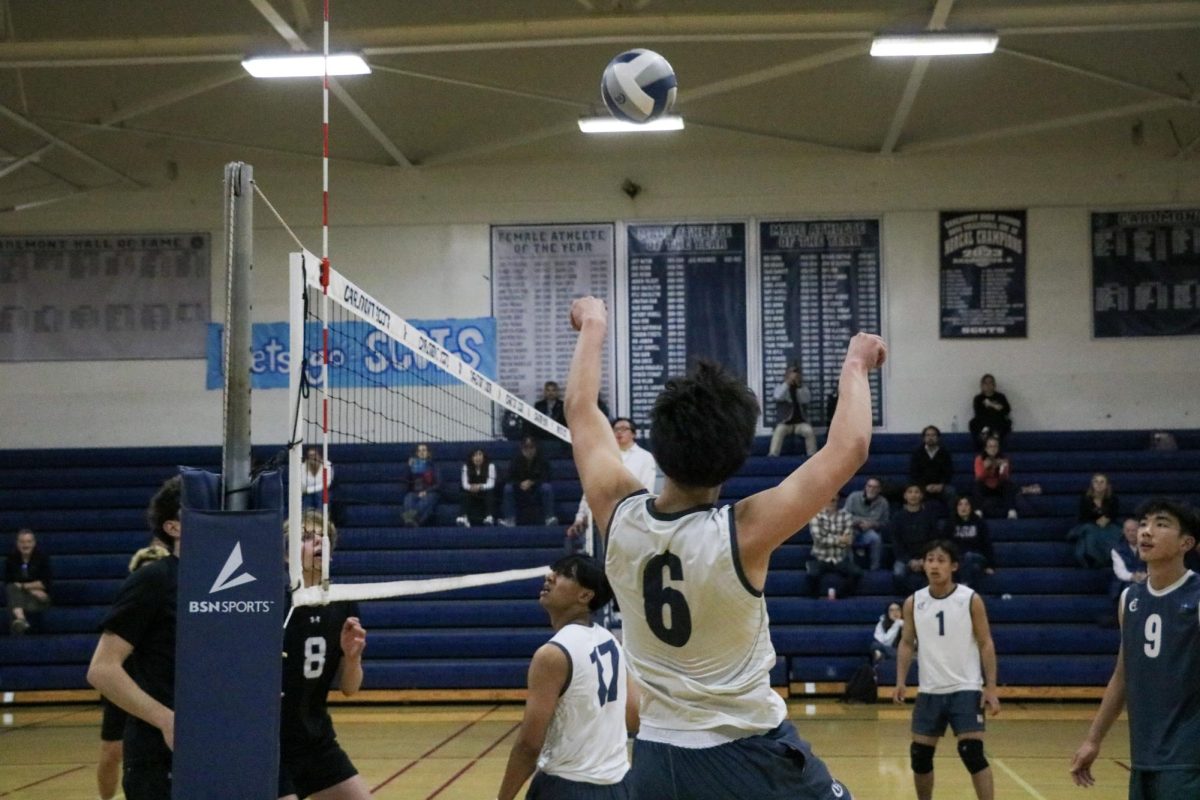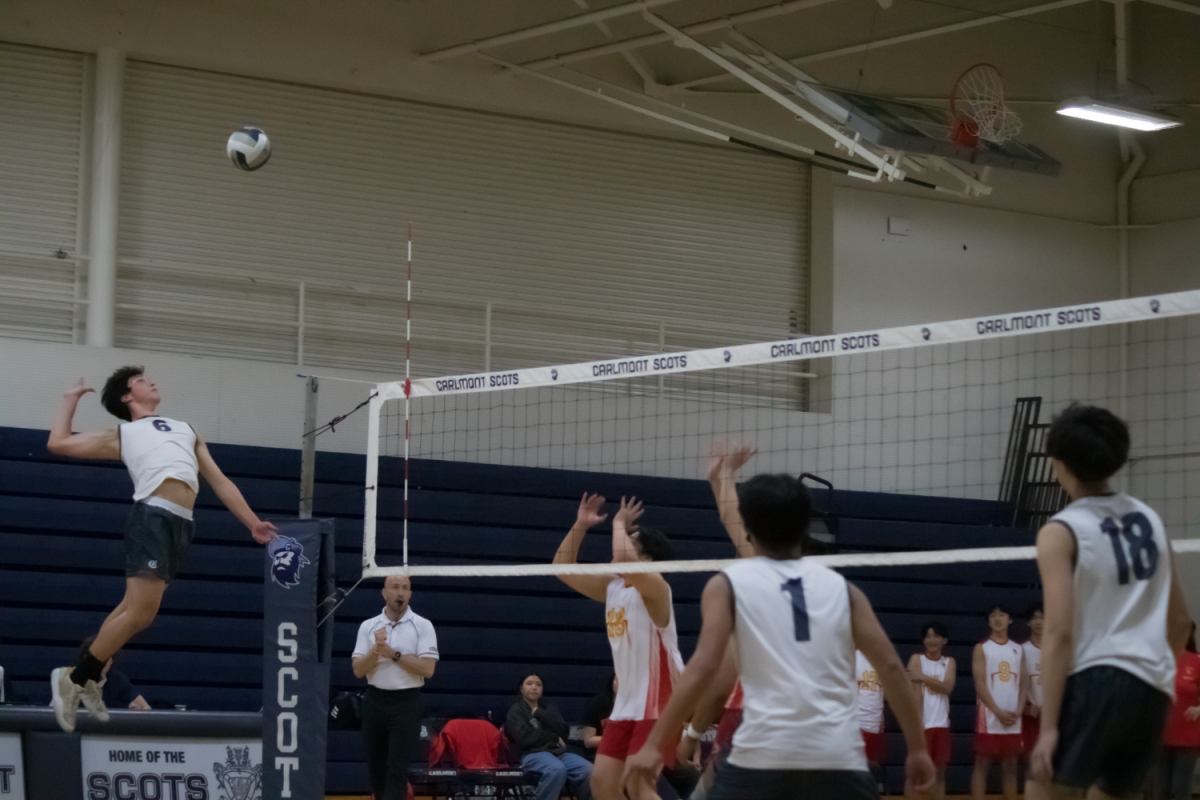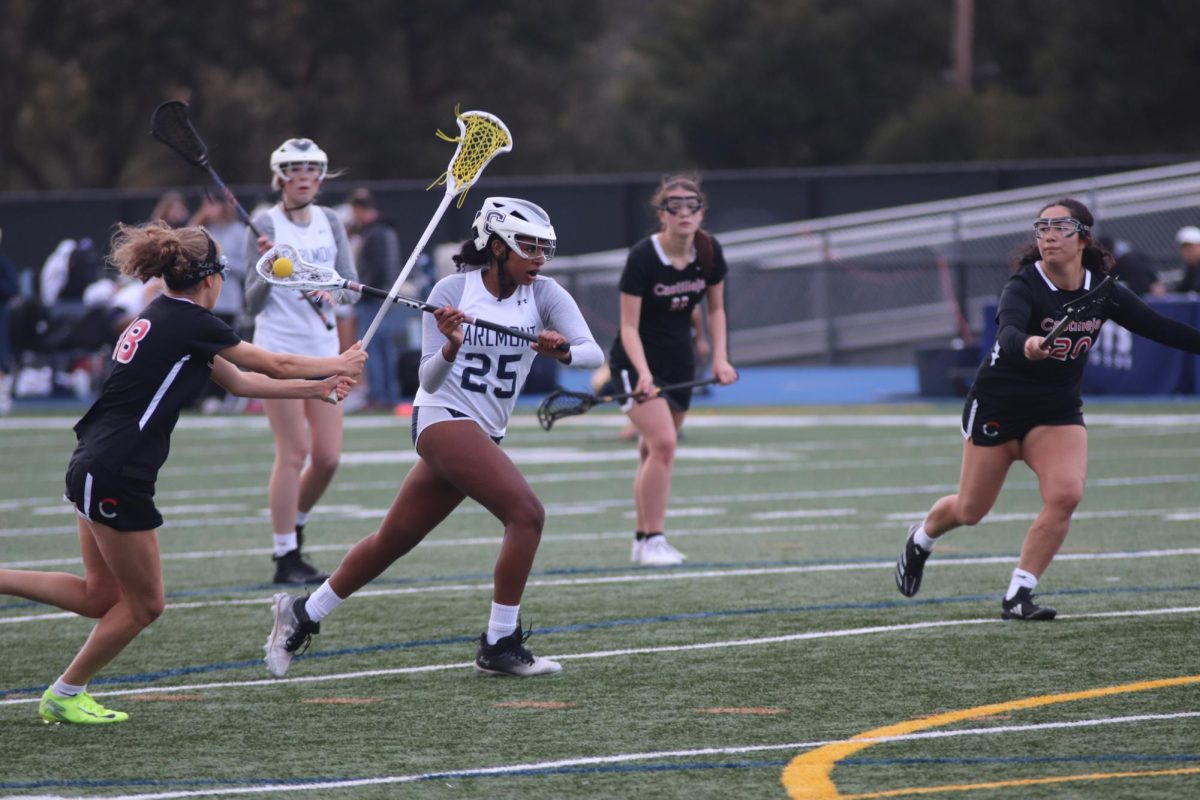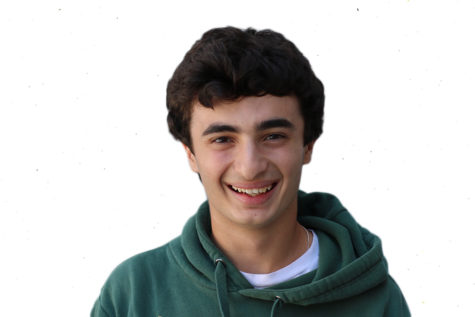“Space: the final frontier.” As the famous opening from the 1966 “Star Trek” TV series put it, space was the one place where humankind had not yet experienced, a place “where no man has gone before.” However, space may have new competition for the final frontier’s position, as the COVID-19 pandemic has created many unknowns.
Sure, there have been plenty of pandemics in past times, but our generation has never experienced one so significant and mysterious as the current coronavirus outbreak. Now that schools are returning to session in the U.S., much of everyone’s attention has turned towards how they will operate. With schools, however, there is another significant unknown aspect that comes into play: athletics.
In California, the Central Coast Section (CCS), the governing body for athletics for schools located in the Bay Area and northern California regions, has already started to create a plan of action for carrying out sports for the 2020-2021 school year.
Rather than playing the usual three seasons of sports, the CCS has decided to cut down to just two seasons, pushing back fall sports to start in December and winter/spring sports to start in February and March.
CIF Statement Regarding 2020-21 Sports Calendar and Bylaw Modifications https://t.co/zff9C0WZOA pic.twitter.com/wUOy5eV1v6
— CIF State (@CIFState) July 20, 2020
“The plan is to start athletics on Dec. 14 with practices and games starting two weeks later. The first football game is scheduled to kickoff on Jan. 8,” said David Grissom, CCS commissioner.
While football doesn’t expect to play their first game until Jan. 8, the remainder of season one sports expect to begin their games 11 days earlier, on Dec. 28.
The late start and change from three to two seasons aren’t the only significant changes to sports this year, though. Boys volleyball, typically played during the spring season, has been moved up to season one to be played with the usual fall sports.
However, Grissom has explained that in the case of the CCS canceling season one sports, boys volleyball will likely move back down into the season two slot, since it is usually a spring sport.
Since the CCS crammed athletics into just two seasons, there is an overlap between season one playoffs and season two sports. Additionally, most winter and spring sports have been condensed into only one season. This is potentially problematic for multisport athletes since it will be difficult for them to participate in all the sports they might usually play.
“I personally don’t mind the overlap because I know I want to prioritize football, but I’m sure it is more difficult for others who play two sports that might have to decide between them,” said Emerson Monge, a senior.
No rule prevents athletes from playing multiple sports at once, however.
“There is quite a bit of overlap this year, but no rules are saying that you can’t play more than one sport at a time, and we expect this,” Grissom said. “At the same time, this limits schools on being able to build teams, and I’m more concerned about small schools because they might struggle to baseball and basketball on the field at the same time.”
Nonetheless, just because athletes can play multiple sports at once doesn’t necessarily mean that they should. Playing more than one sport at a time means a greater work and practice load, so athletes will invest more time into playing. The increase in playing means the risk for injury increases, too.
“When you’re playing multiple sports at one time, there can be overuse injuries that occur, and your body might not have enough recovery time. You also have to consider your academics,” said Patrick Smith, athletic director at Carlmont.
Still, Carlmont won’t discourage students from playing multiple sports if it’s something that they seriously want to do.
“What we are going to do is reiterate taking into consideration how much time you are going to be at practice, the wear and tear that can take on your body. You also have to take into consideration the academic side of it all, but if a student wants to do it, we’re going to try to make it work so they can,” Smith said.
The California Interscholastic Federation (CIF) has also suspended bylaws 600-605, which means that high school athletes will be allowed to play for both their school and a club team simultaneously.
While there is a current plan for playing games this year, one of the remaining unknowns is whether fans will be able to attend these games or not.
As of right now, there is no plan created for how fans attending games will work, but there is still plenty of time until the start of games on Dec. 28. Luckily for Carlmont, cameras have been installed, which will allow students to watch the games online if live attendance is not permitted.
“We will follow the most current county guidelines when determining what will be allowed in regards to fans attending games,” Smith said. “Fortunately, our booster club did buy Pixelot cameras for the Stadium, Stogner Gym, and the pool. these cameras allow us to live stream our games on the NFHS network.”
Another undetermined detail is how COVID-19 testing will work among players.
“We have not yet discussed COVID at this time. I have a meeting in a week about the NFHS guidelines, and we’ve had some communication about health, but we haven’t gotten there yet,” Grissom said.
Regarding concerns over health and COVID-19, the CCS has planned to make more possible adjustments if necessary.
ALERT! Help ensure High School sports 2020-2021 with students back in classrooms. Wear a mask; maintain social distance; wash your hands regularly. Together, we can make it happen!
— PCAL Athletics (@PCALathletics) July 23, 2020
“If sports can’t start in December, we’ll push back more, maybe with a shortened season like an eight-game football season or a 60% season. I think we all have hope that we do the right thing so we can get back out there and participate in athletics,” Grissom said.
Yet, even if a season manages to get underway, there’s still a chance that individual teams may have to postpone or cancel games if a player tests positive for COVID-19.
“If someone on our team has a positive test for COVID, we would have to shut down our team for ten days or whatever the current county health order says. Everybody who that student exposed to the virus would have to quarantine, and that might mean either postponing a game or canceling it,” Smith said.
In a time where everybody has so many questions, the CCS and schools are working hard to bring athletics to life in the safest way possible. While athletes desire to get back on the field, they must do so in a way that keeps them safe from the disease plaguing our country.
“We need to be safe, and that too is part of the struggle. We want to play sports, but we need to do so in a safe manner,” Grissom said.

